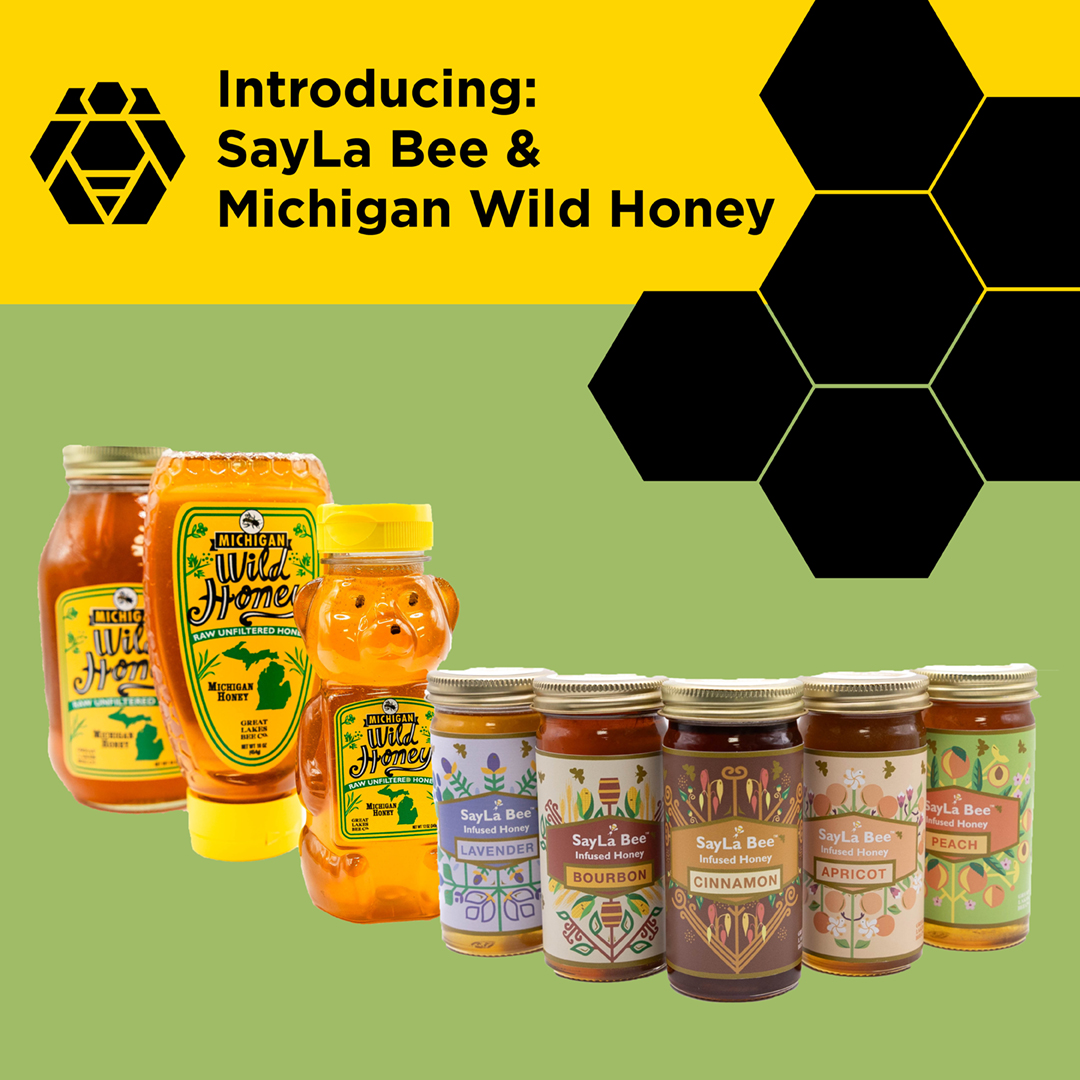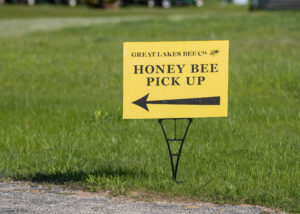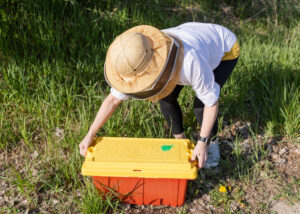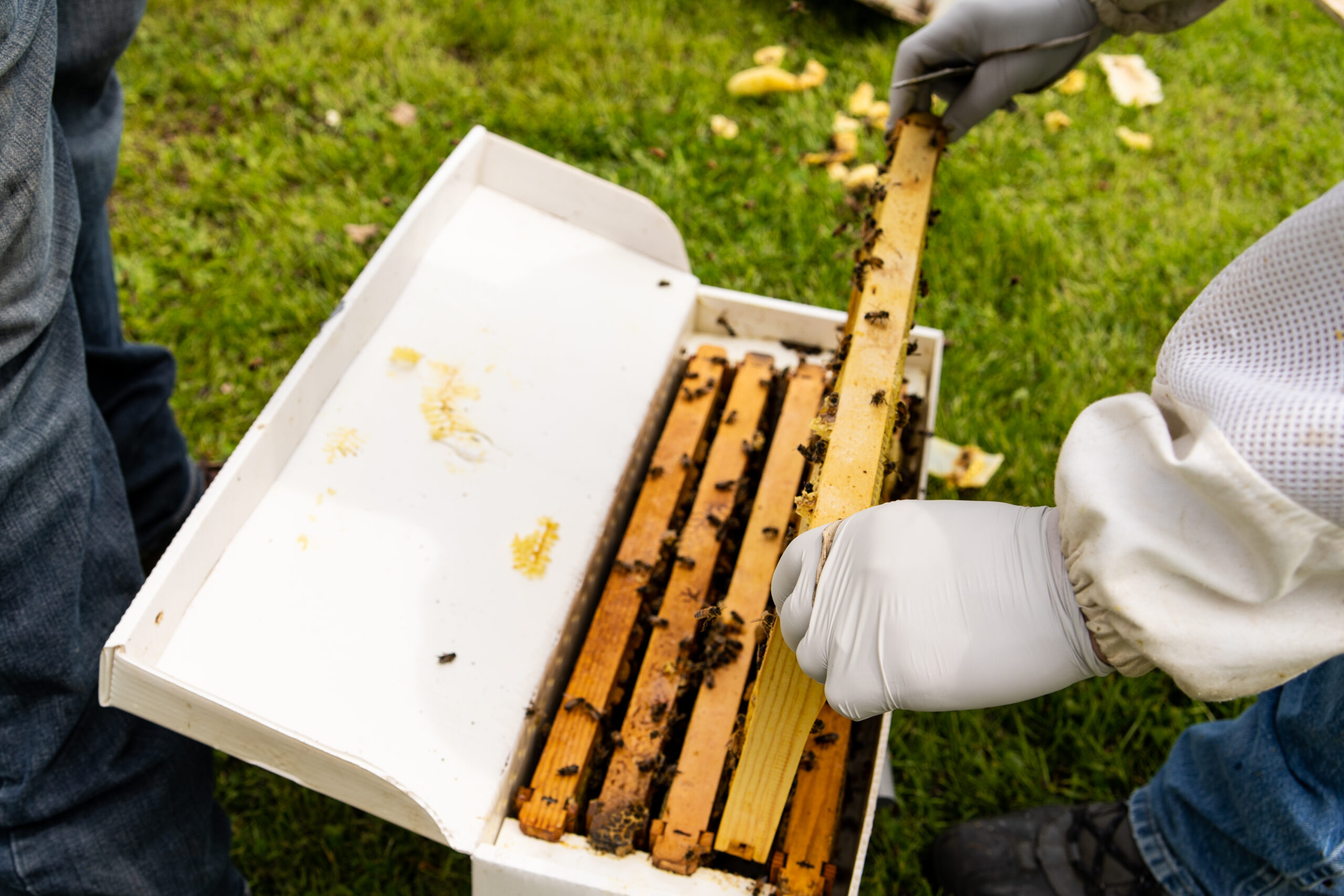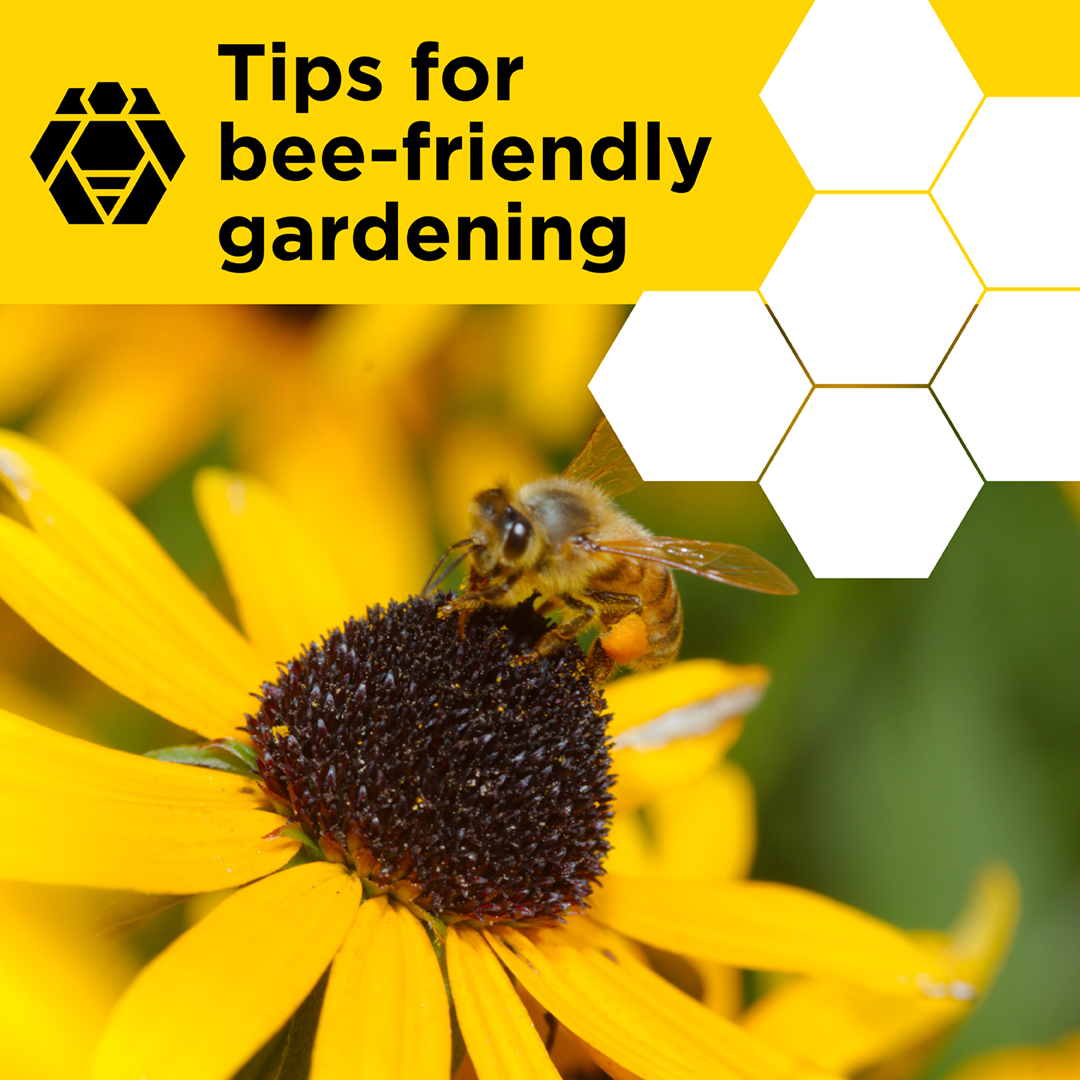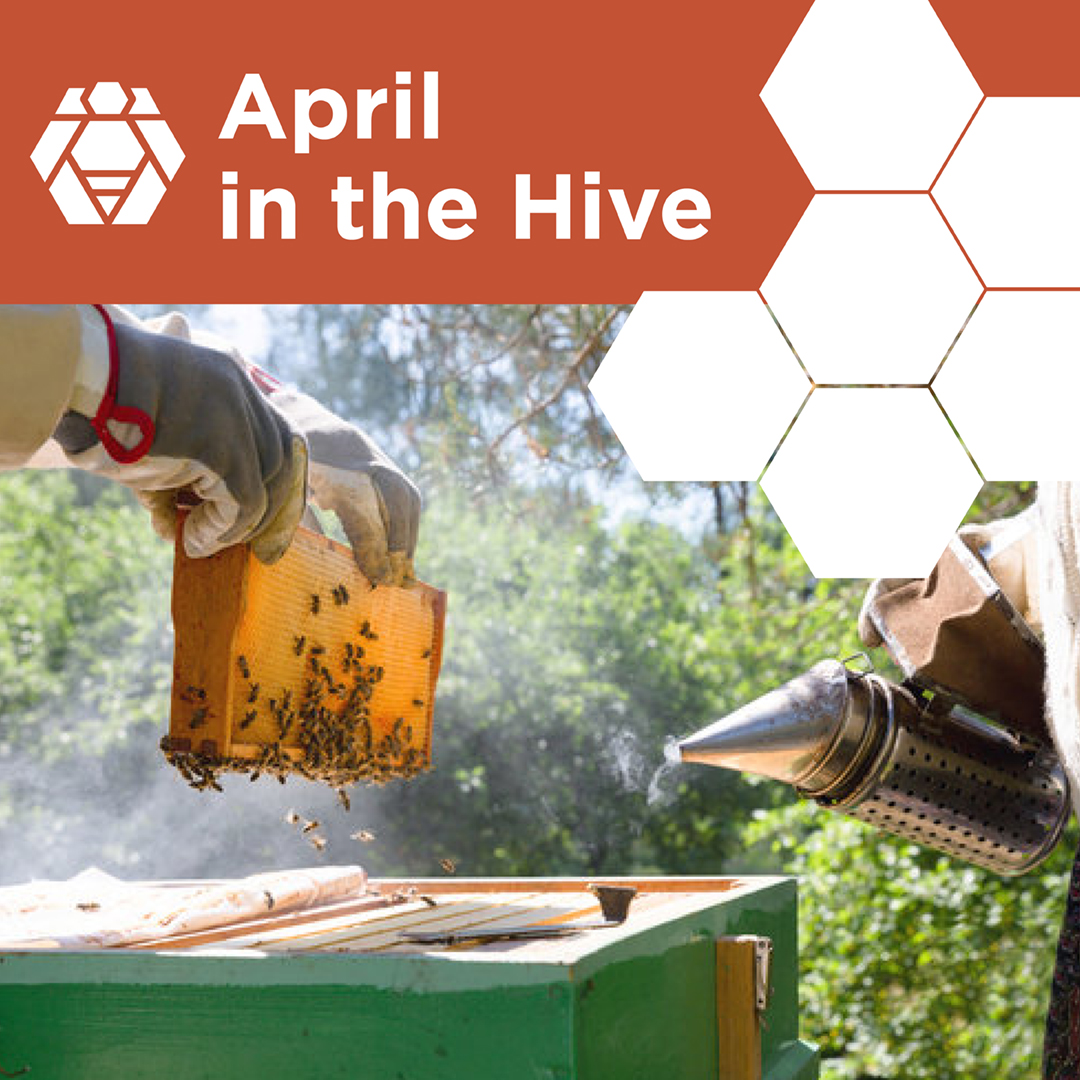
Thanksgiving is right around the corner! We’re looking back at our classic honey glazed turkey recipe, and experimenting with a sweet new favorite: roasted apples and sweet potatoes with a honey bourbon glaze. For extra splashes of flavor in the rest of your holiday cooking, take a look at our SayLa Bee Infused Honey!
Honey Glazed Turkey:
• Turkey
• 1/2 cup honey
• 1/2 cup Dijon mustard
• 1 teaspoon dried rosemary
• 1 teaspoon onion powder
• 1/2 teaspoon salt
• 1/2 teaspoon pepper
• 1/2 teaspoon garlic powder
Tie the turkey’s drumsticks together and tuck the wings underneath. Place turkey in roasting pan breast side up and bake at 325° F for two hours. Mix honey, Dijon mustard, dried rosemary, onion powder, salt, pepper and garlic powder in a bowl and brush over turkey after first two hours of baking. Want some extra flavor? Our SayLa Bee Pepper infused honey adds an extra kick!
Return the turkey to the oven and continue to baste with pan drippings until thermometer reads 180° F (about two hours). Remove the turkey and cover it with tin foil for up to 15 minutes before carving. Serve with stuffing and gravy.
Roasted Apples and Sweet Potatoes with Honey-Bourbon Glaze:
• 5 large sweet potatoes
• 3 Golden Delicious apples
• 1/4 cup fresh lemon juice
• 2/3 cup firmly-packed brown sugar
• 1/2 cup honey
• 6 tablespoons unsalted butter
• 1/4 cup bourbon
• 1 teaspoon ground cinnamon
• 1/2 teaspoon ground ginger
• 1/2 teaspoon salt
• 2/3 cup coarsely chopped pecans
Wash sweet potatoes, and place on a baking sheet; prick with a fork. Bake at 400° for one hour or until almost tender. Remove from the oven, and let it stand or 45 minutes or until cooled.
Meanwhile, peel and core apples. Slice apples into 1/3″ thick wedges; toss with lemon juice in a bowl. Peel cooled potatoes, and slice 1/3″ thick. Arrange potatoes and apples alternately in a greased 13″ x 9″ baking dish. Pour remaining lemon juice over potatoes and apples.
Combine brown sugar, honey, butter, ginger, salt, cinnamon, and bourbon in a saucepan, stirring well. For extra flavor, try SayLa Bee Honey in cinnamon or bourbon flavors!
Bring to a boil over medium heat, stirring occasionally; boil two minutes or until slightly thickened. Pour glaze over potatoes and apples. Bake, uncovered, at 400° for 30 minutes. Remove from oven; baste with glaze in bottom of dish, and sprinkle nuts across top. Bake 14 to 15 more minutes or until apples look roasted. Baste with glaze just before serving.
Enjoy!



